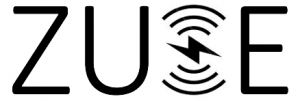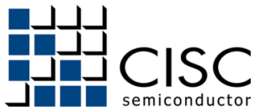
Electronic datasheets for the Future design process of sensor systems







Already in the near future, the Internet of Things (IoT) and Cyber-Physical Systems (CPS) will provide important contributions in many fields of applications ranging e.g. from healthcare, manufacturing, agriculture, resource management (water, energy, …), building technology to mobility. In order to implement such systems, it is mandatory that stakeholders along the application value chain comprising components, integrated circuits, sensors, actuators, embedded signal processing and communication, system integration, middleware, architectural design, security, service provision, use and test, work in close cooperation. This implies that ensuring the flow of information between the stakeholders is crucial. Thus, the digitalization of the development processes will play an important role, not only in order to achieve further reductions in development times and keeping or gaining market advantages. ZUSE in general addresses the topic starting from sensors and actuators, and in particular from autarkic wireless sensors for a wireless sensor network in an industrial measuring system in the automotive domain.
A side effect of shortening the development time is a large number of variants of devices, on the one hand, since a larger number of different devices (different hardware and/or different firmware) can be created in a short time, and on the other hand, the life span of the products may be much longer than the development cycle. Consequently, several generations of (wireless) sensors and actuators may be used simultaneously side by side. The challenge is to master this diversity of variants. A solution to this is in electronic data sheets, which are supplied together with the wireless sensors and actuators. These data sheets, which are ideally stored in the sensor/actuator, contain information such as a description of the data models, type of the measured variables, measuring ranges, power consumption, etc. and can be advantageously read out, for example, by means of NFC.
Project ZUSE will investigate, how the concept of electronic data sheets can be extended to the entire system development process. This shall consistently ensure the flow of information throughout the entire life cycle, from the concept phase to the realization and access/interaction in the plant. NFC and WSN will be used to maintain representation of the state during development and lifetime of the device (“digital twin” principle).
The project was funded by the Carinthian Economic Promotion Fund (KWF), the Government of Styria (Section 8 Health, Healthcare and Science) and the Styrian Business Promotion Agency (SFG) within the 2017 Call Silicon!Alps–the call for R&D projects in the field of microelectronics in Carinthia and Styria.
Selected Publications
Industrial IoT Security Concept with Extended ISO/IEC/IEEE 21450 TEDS
Mitterer T. and Hörmann L. and Bernhard H.P. and Priller P. and Zangl H. in :IECON2020 (presented on 21.10.2020)
DOI: http://dx.doi.org/10.1109/IECON43393.2020.9255222
Download Full Paper –>download
Towards Data Aggregation On Multi-Sensor Low Power Wireless Transducer With ISO/IEC/IEEE 21450 Transducer Electronic Datasheets
Mitterer T. and Zangl H. in :I2MTC 2020 (presented on 25.05.2020)
DOI: http://dx.doi.org/10.1109/I2MTC43012.2020.9129594
Download Full Paper –>download
Beyond Pure Sensing - IEEE 21450 in Digitalization of the Development Cycle of Smart TransducersBeyond Pure Sensing
Mitterer T. and Zangl H. in : IEEE Instrumentation & Measurement Magazine ( Volume: 23 , Issue: 2)
DOI: https://doi.org/10.1109/MIM.2020.9062688
Download Full Paper –>download
Artificial Landmarks for Autonomous Vehicles Based on Magnetic Sensors
Published in: Eurosensors 2018, MDPI Proceedings (https://www.mdpi.com/2504-3900/2/13)
Download Full Paper: download
A complete list of the publications of the Institute can be found in section “Publications”.
Quicklinks

Information for
Address
Universitätsstraße 65-67
9020 Klagenfurt am Wörthersee
Austria
+43 463 2700
uni [at] aau [dot] at
www.aau.at
Campus Plan











